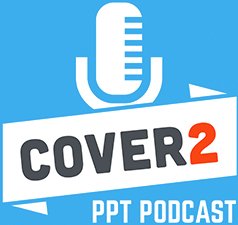Greg continues his interview with Maurice Clarett, the former Ohio State running back who led the team in 2002 to an undefeated season and their first national championship in 36 years. Following his first year at OSU, Maurice struggled with substance abuse, eventually culminating in imprisonment. He now educates and empowers others to achieve their goals through public speaking.
Greg asks Maurice about how the Red Zone, a program he created to provide assistance for students struggling with their home lives, actually works. Maurice explains that the idea for the Red Zone is rooted in the behavioral health tactics and techniques he learned from courses he took in prison. “The majority of what we do is dealing with direct counseling and CPST (Community Psychiatric Support Treatment) services inside of schools… and I like to call it more personal development than anything… I think a lot of things that we teach or a lot of these things that are needed for a lot of kids in urban cities or environments are things that you would probably receive from a healthy family… I feel we often fill those gaps and voids that may be missing at home – be it dealing with behavioral issues or issues of getting these kids ‘out of their own way,’ as I like to call it; which [includes] the skills to self-govern and stay on track so you can engage academically… We do a tremendous amount of focusing on helping kids with behavior, attendance, and grades. [We also work on] tying therapeutic interventions with [students’] personal lives through plans they get after their assessments.” However, as Maurice furthers, this isn’t all the Red Zone does. “For adults, with our outpatient drug treatment… we cover five basic areas – transportation, food, medical cards, insurance, and making sure they have safe and positive places to recreate or socialize… Mainly, we just help guys and girls carry out their treatment plans. At the end of the day treatment for adults is a personal thing and it comes down to the individual … and if you want to stay clean, we’re just here to provide and support the necessary tools.”
Listen to the podcast to discover how the Red Zone also works to get patients involved in the community so they can integrate their everyday life into their treatment.






Leave A Comment